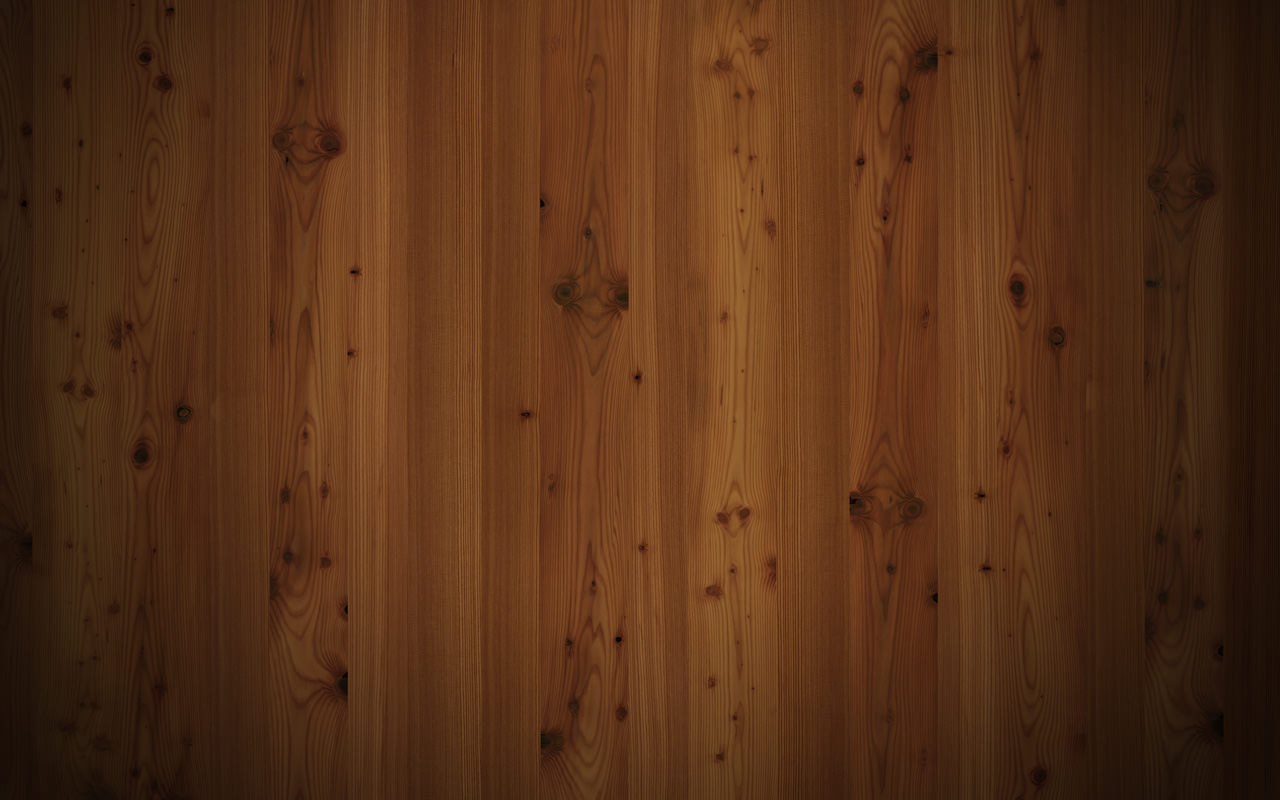

Resident Manual of Trauma to the Face, Head, and Neck
218
Chapter 10: Foreign Bodies and Caustic Ingestion
4. Abdomen
Check for bowel sounds, tenderness to palpation, and rigidity.
5. Fiberoptic Exam
In all patients, airway stability is the most important consideration. Lack
of patient cooperation or intolerance of a fiberoptic exam may dislodge
a foreign body in the upper aerodigestive tract and lead to aspiration
with subsequent obstruction. If fiberoptic evaluation has the potential
to turn a stable airway into an unstable airway, imaging and possible
intraoperative evaluation should be considered.
D. Imaging
Radiographic studies may confirm or localize a suspected foreign body.
In pediatric patients, 70–80 percent of airway foreign bodies are
vegetable matter, most commonly a radiolucent peanut. The majority of
pediatric esophageal foreign bodies are radiopaque coins, but most
adolescent and adult esophageal foreign bodies are food boluses.
Therefore, lack of radiographic findings does not rule out a potential
foreign body in the setting of a convincing history and physical exam.
1. Aspiration
a. Radiographs
y
y
Posterior-anterior (PA) and lateral soft tissues of the neck should be
obtained for all laryngeal and tracheal foreign bodies.
y
y
PA and lateral chest x-ray should be performed if there is a suspected
pulmonary foreign body.
y
y
Hyperinflation found on inspiratory and expiratory chest films or
atelectasis on inspiratory films can aid in the diagnosis of a radiolu-
cent foreign body. In pediatric patients, failure of the dependent lung
to collapse in lateral decubitus films suggests bronchial obstruction.
Both sides are recommended for comparison.
y
y
Fluoroscopic evaluation is of little benefit in initial diagnosis.
Decreased diaphragmatic movement on the obstructed side is noted
in about 50 percent of cases. Fluoroscopy may be more beneficial in
extraction of a foreign body. Biplanar fluoroscopy may be used for
retrieval of radiopaque foreign bodies in the lung periphery.










